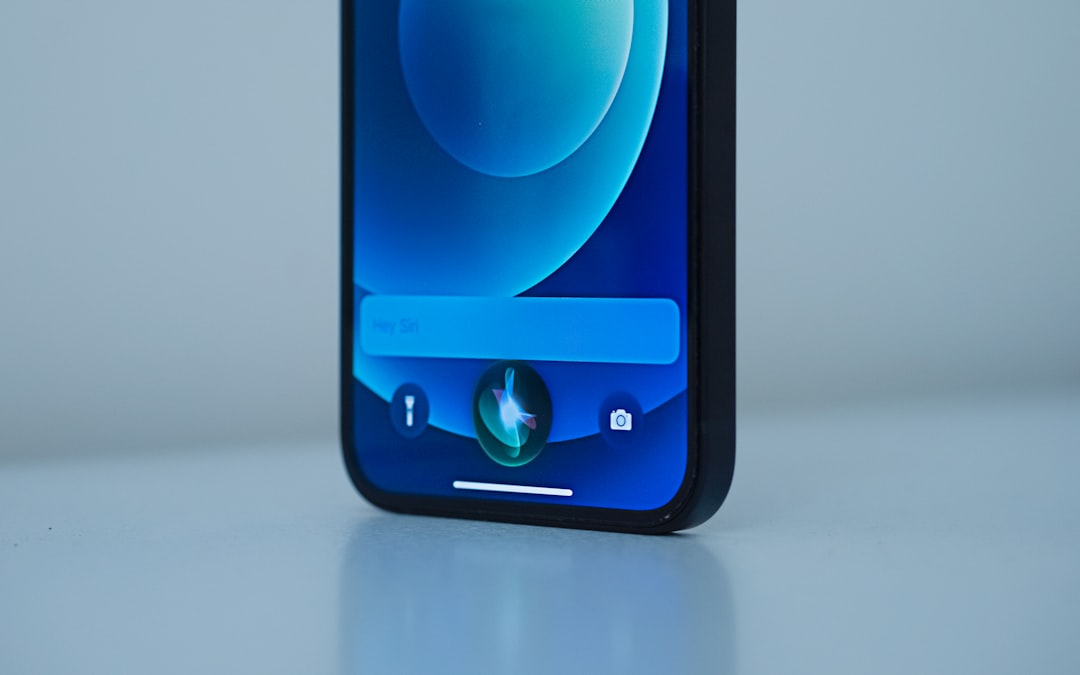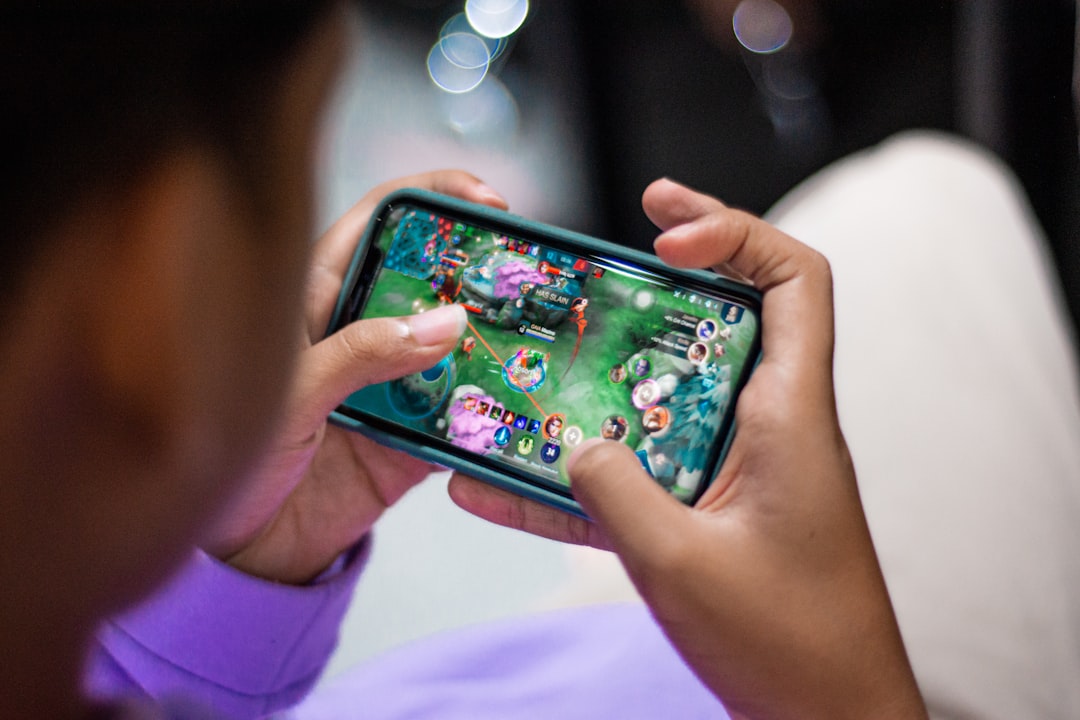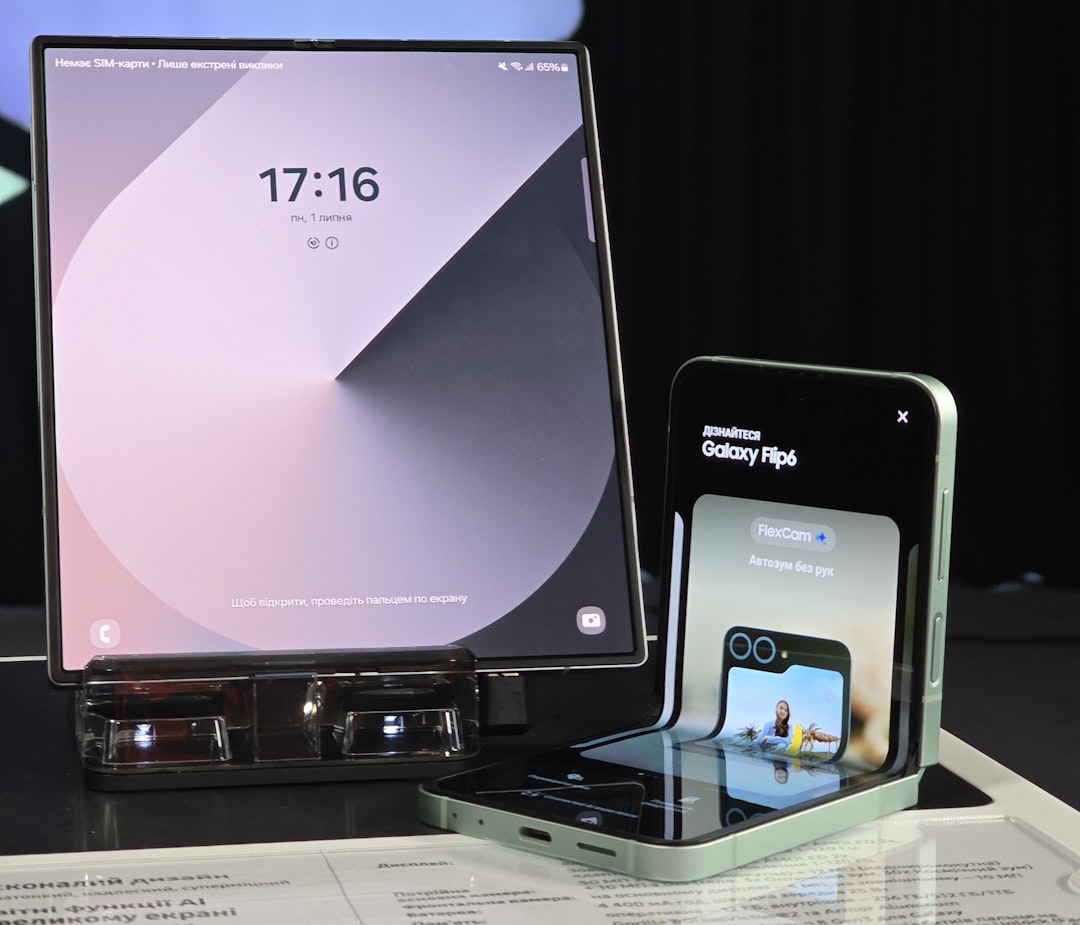Over the past few years, smartphone technology has evolved at a breakneck pace, with display refresh rates being one of the most prominent upgrades. With the introduction of high-refresh displays, particularly 120Hz screens, users have come to appreciate the smoother and more fluid interaction they provide. The transition from devices like the Samsung Galaxy S20 to the newer Samsung Galaxy S24 marks more than just hardware updates—it redefines daily usage in discernible ways, especially when it comes to how we perceive and interact with motion on our mobile devices.
Contents of Post
Understanding Refresh Rates
A refresh rate, measured in Hertz (Hz), denotes how many times per second your screen refreshes the image. Traditionally, smartphones maintained 60Hz displays, but a leap to 120Hz—now common in premium devices—means the screen updates twice as often. This high refresh rate leads to:
- Smoother animations
- More responsive touch controls
- Enhanced scrolling through content
- Improved gaming experiences
The Galaxy S20, released in 2020, was among the early adopters of the 120Hz refresh rate, whereas the Galaxy S24 refines and enhances this experience even further by integrating better adaptive refresh capabilities and improved display technology.
Comparing the S20 and S24: What’s Changed?
Though both the S20 and the S24 technically support 120Hz displays, how they implement this functionality makes all the difference. Here’s a comparison of their core display features:
| Feature | Galaxy S20 | Galaxy S24 |
|---|---|---|
| Refresh Rate | 120Hz (manual toggle) | Adaptive 1Hz to 120Hz |
| Display Type | Dynamic AMOLED 2X | Dynamic AMOLED 2X (latest gen) |
| Resolution at 120Hz | 1080p only | 1440p supported |
The Galaxy S20 required users to choose between either the high resolution (WQHD+) or the 120Hz setting—it couldn’t do both simultaneously. As a result, many users had to sacrifice screen clarity for buttery smoothness. In contrast, the Galaxy S24 allows users to enjoy full resolution even at 120Hz, thanks to a more efficient display controller and improved battery management. It also benefits from LTPO (Low-Temperature Polycrystalline Oxide) technology, allowing adaptive refresh rates, which can drop as low as 1Hz when not needed, such as when viewing static content.

Daily Use Impact: More Than Just Numbers
At a glance, both phones might seem similar if you only consider the 120Hz stat, but users will feel the difference over time. Here’s how the high refresh implementation on the Galaxy S24 directly impacts daily tasks:
1. Scrolling and UI Navigation
One of the most apparent differences is in how snappy and fluid scrolling feels. Whether you’re browsing Instagram, flipping through web pages, or checking your email inbox, the adaptive refresh rate on the S24 ensures that transitions remain smooth without consuming unnecessary battery when static.
On the S20, although scrolling also felt much smoother than 60Hz phones, the refresh rate was essentially “always on” at 120Hz, leading to faster battery drain. Users often felt the need to switch back to 60Hz during long days of use. The S24, in contrast, intelligently adapts refresh based on tasks, offering the fluidity without the guilt of shortened battery life.
2. Content Consumption
Streaming services like Netflix or YouTube may not always fully utilize high refresh rates because most video content is capped at 24–60fps. However, the improved panel technology and color accuracy in the S24 make images pop more and videos appear clearer even in low-light conditions. Additionally, scrolling through photos, zooming into high-resolution shots, and flipping pages in e-books feel more natural thanks to the smoother rendering.
3. Gaming Experience
This is where the true power of 120Hz really shines. For games that support high frame rates—such as Call of Duty Mobile, PUBG, or Genshin Impact—users will notice:
- Better tracking for fast movements
- Fewer frame drops on demanding games
- Quicker and more responsive controls

The S24, equipped with a newer GPU and processor, optimizes these games better than the S20. Coupled with a display that adjusts on the fly, it’s not just about the visuals—it’s about doing it efficiently. That’s a noticeable difference when playing on-the-go where battery life matters.
Battery Life: A Silent Player
One of the main challenges with early 120Hz smartphones was battery performance. The Galaxy S20, while innovative, was criticized for its battery life when operating at 120Hz. The lack of adaptive refresh meant that users were often forced to choose between smoothness and longevity.
The Galaxy S24’s adaptive refresh brings the best of both worlds. By intelligently lowering the refresh rate when the interface is idle or displaying static content, the phone conserves power organically. Whether you’re reading an article, browsing Reddit, or simply looking at your lock screen, the display drops to a lower refresh rate, conserving juice without any action required from the user.
Eye Comfort and Visual Fatigue
High refresh rate displays are not just a treat for gamers—they’re a boon for your eyes. Studies suggest that screens with higher refresh rates reduce motion blur and flicker, contributing to less eye strain over prolonged use.
The Galaxy S24 enhances this further with improved PWM (pulse-width modulation) dimming, delivering better performance at low brightness levels. This means late-night reading or early-morning catching up on news doesn’t have to result in tired eyes.
Future-Proofing and Value
With app developers increasingly adopting support for high frame rates in social media apps, productivity tools, and games, the S24 stands better prepared for this evolution. Its smarter implementation of 120Hz, in tandem with a more powerful processor and efficient display, offers longevity that users of the S20 may soon wish they had.

Final Thoughts: Is 120Hz Better on the S24?
To sum up, while both the Galaxy S20 and Galaxy S24 boast 120Hz panels, the differences in how this feature is executed dramatically shape user experience.
- Galaxy S20: Great for its time, brought 120Hz to the masses, but lacked adaptability and cost battery life
- Galaxy S24: Smarter, more efficient implementation that adapts to usage, delivers better visuals, saves battery, and feels smoother all around
So for users deciding whether the jump from an S20 to the S24 is worth it—particularly for the display experience—the answer is a resounding yes. The S24 doesn’t just offer 120Hz; it refines it, making it a core part of the daily smartphone experience rather than just a feature toggle.

